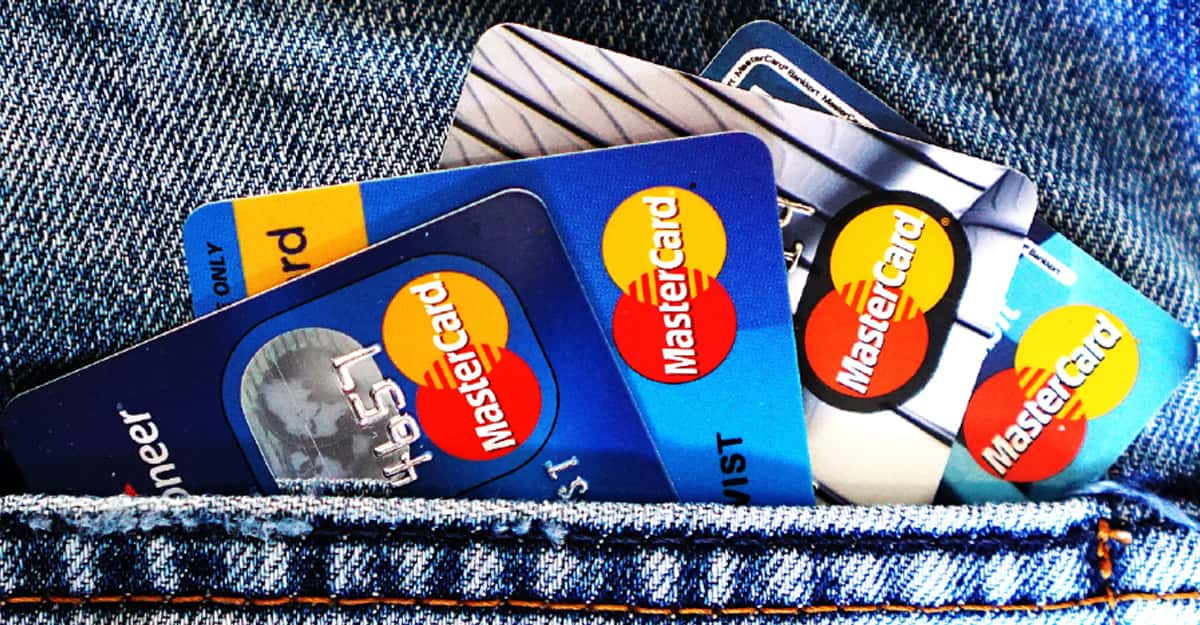Savings accounts are seen as a safe haven for your money, but the problem is that they almost always offer meager returns. Traditional savings accounts provide interest rates below the rate of inflation, meaning your purchasing power decreases over time. So, while your money is safe from market volatility, it isn’t growing—in fact, it’s slowly shrinking. If you want to earn more and keep a low risk profile, there are many other options out there.
High-Yield Savings Accounts
A simple step up from traditional savings accounts is the high-yield savings account, usually offered by online banks. These accounts often offer interest rates several times higher than those of brick-and-mortar banks—sometimes upwards of 4% annually.
Money Market Accounts
Money market accounts also offer competitive rates while maintaining FDIC insurance and easy access to funds, although they might require higher minimum balances or limit withdrawals. While still conservative, these options give your money a better chance of keeping pace with inflation.
Certificates Of Deposit (CDs)
Certificates of Deposit are a low-risk option that can outperform regular savings accounts. Locking your money into a CD for a fixed term—from a few months to several years—gets you higher interest rates. The tradeoff is liquidity: withdrawing funds early usually comes with a penalty. CDs are a good option for money you won’t need immediately. Some banks now offer "no-penalty" CDs that allow early withdrawal without fees.
Treasury Bonds
For risk-averse investors looking for better yields, US government bonds offer safety and steady returns. Treasury bonds are long-term investments backed by the government, often yielding more than bank savings. The downside comes with higher interest rates and inflation that eat into the bond’s return, especially if you sell before the bond matures. This brings us to I bonds.
I Bonds
I bonds are inflation-indexed bonds that currently offer attractive rates. They protect your principal and ensure that your money grows with inflation—a major advantage in today’s economy. The downside is that they pay very little during periods of low inflation and must be held for at least a year.
Index Funds And ETFs
If you want to take on more risk for higher returns, index funds or exchange-traded funds (ETFs) are a strong choice. These funds track market indices like the S&P 500 and offer broad market exposure with low fees. Historically, the average annual return for the S&P 500 over the long term has been about 7% after inflation. Over time, index investing can vastly outperform a savings account, but remember that markets fluctuate and require a long-term mindset.
Robo-Advisors
If you want to invest but aren’t sure where to start, robo-advisors are an accessible solution. These automated platforms use algorithms to manage and rebalance portfolios based on your goals and risk tolerance. They offer accessibility, cost-efficiency, and growth potential, and many have low minimums. Robo-advisors are ideal for beginners who want more than a savings account and don’t have time for a deep dive into investing theory.
Real Estate And REITs
If you’re looking to diversify beyond traditional stocks and bonds, real estate investing—especially through Real Estate Investment Trusts (REITs) can offer passive income and growth. REITs allow you to invest in a diversified portfolio of income-generating properties and are often traded like stocks.
Crowdfunding
Crowdfunding platforms, meanwhile, let you invest directly in specific commercial or residential real estate projects. While these come with more risk and less liquidity, the potential returns are substantially higher than any savings account.
Choose Based On Your Goals
There’s no one-size-fits-all answer to where you should put your money instead of a savings account. It depends on your goals, timeline, and risk tolerance. If security and liquidity are key, a high-yield savings account or Treasury bond is your best bet. If growth is the goal, low-cost index funds or REITs offer a way forward. Whatever the case, a little research will allow your money to do more than sit in a savings account—it can work for you.
You May Also Like:
40 Small And Easy Ways to Save Money
How To Automate Your Savings For Financial Peace Of Mind











